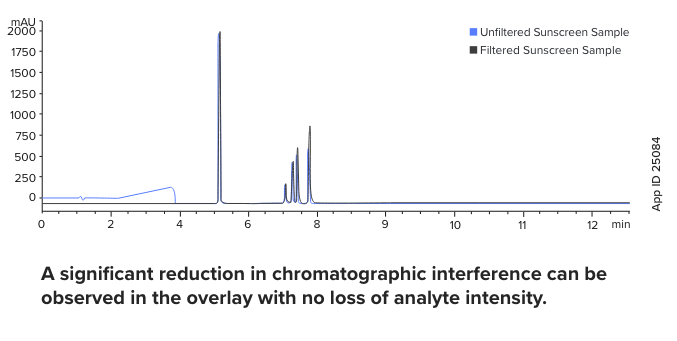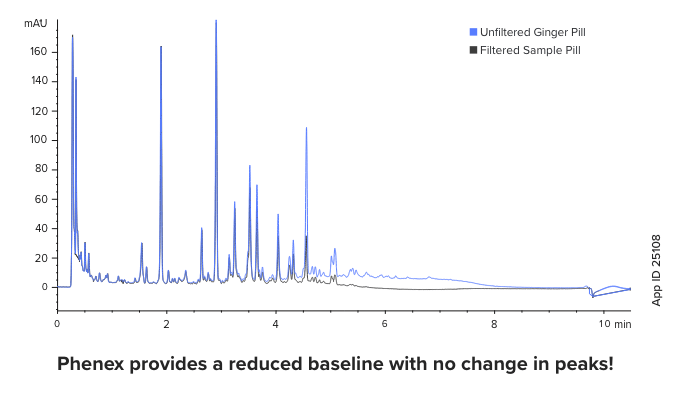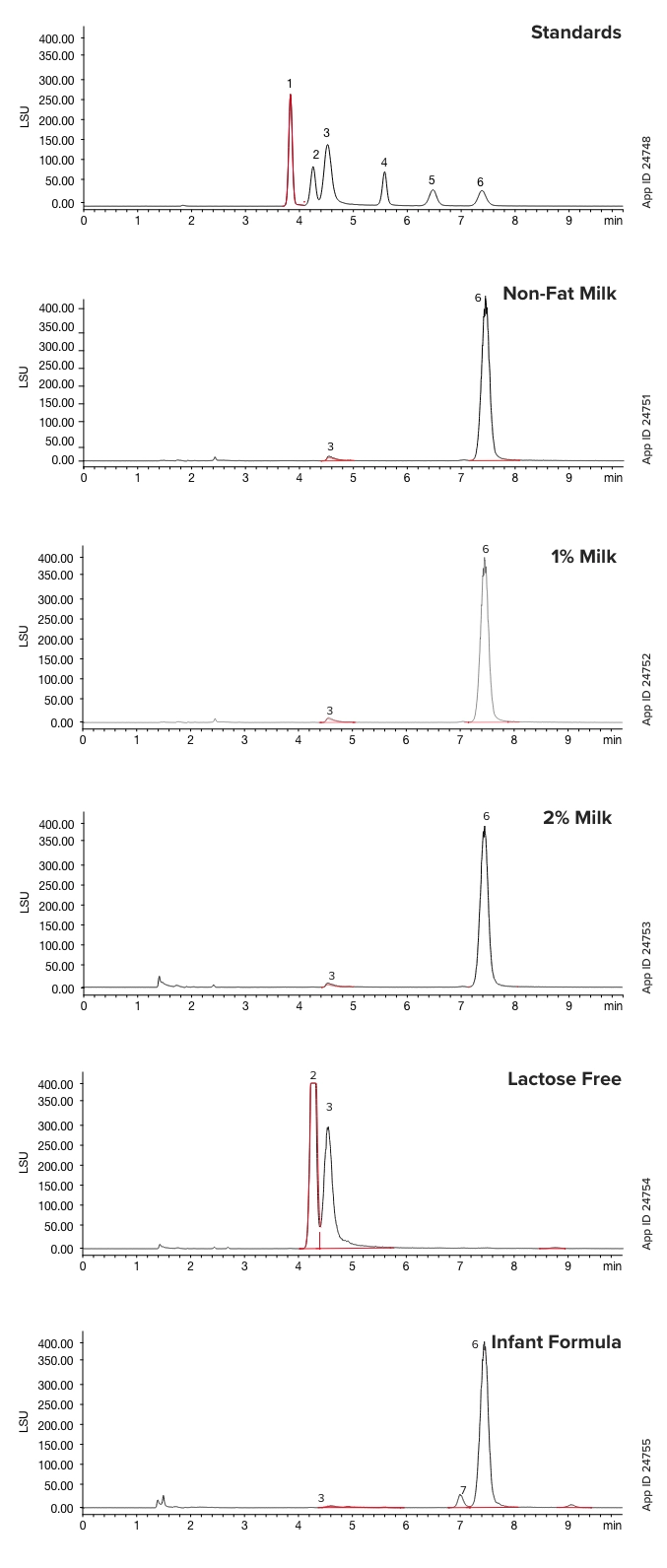Phenex Polytetrafluoroethylene (PTFE) Syringe Filters

PTFE Syringe Filter: The Optimal Choice for 100% Organic Solutions
PTFE (Polytetrafluoroethylene) is an inherently hydrophobic membrane excellent for the filtration of organic-based, highly acidic or basic samples and solvents. Widely used in chromatography, it is especially well- suited for the clarification of non-aqueous samples. Although this membrane is hydrophobic, it can be made hydrophilic by wetting the membrane with alcohol and then flushing it with deionized water.

Recommended Use Filtration of organic-based, highly acidic or basic samples and solvents |
Phenex-PTFE Filter
PTFE is Best Recommended for Aggressive or Pure Organic Solvent Applications
For 100% Organic Solutions
| PTFE, Teflon® (Polytetrafluoroethylene) |
|---|
| Well-suited for the clarification of non-aqueous samples |
| Hydrophobic membrane, excellent for filtration of organic-based, highly acidic or basic samples and solvents |
| A hydrophobic membrane, that can be made hydrophilic by wetting with alcohol and then flushing with deionized water |
Analysis of Aromatic Active Ingredients Contained in a
Commercially Available Topical Sunscreen
Commercially Available Topical Sunscreen
Sample Preparation
- A sample of sunscreen was dissolved in 10 mL of reagent grade ethanol.
- The sample was vortexed and centrifuged (@ 4700 rpm)
- Filter it through a Phenex PTFE 0.45 µm Syringe Filter (Part No.: AF0-1102-52)
Clean up and Filtration of Topical Sunscreen

Column:
Kinetex® 2.6 μm Biphenyl
|
|
Dimension:
100 x 4.6 mm
|
|
Part No.:
00D-4622-E0 |
|
Mobile Phase:
A: 0.1% TFA in Water B: 0.1% TFA in Acetonitrile |
|
Gradient:
Time (min)
0
0.5 10 13 14 17 | % B
40 40 100 100 70 70 |
Flow Rate:
1.50 mL/min |
|
Temperature:
40 °C |
|
Detection:
UV-VIS (@ 310 nm) |
|
Injection Volume:
10 μL |
|
Samples:
1. Oxybenzone 2. Octisalate 3. Homosalate 4. Avobenzone 5. Oxycrylene |
|
Optimized Filtration of Ginger Formulation Pills Using Phenex PTFE Syringe Filters and Kinetex 2.6 µm Biphenyl LC Column
Sample Preparation
- Dissolve a Gaia® Supreme Ginger Pill in 10 mL of Methanol/Water (80:20) into a Verex™ Vial
- Filter it through a Phenex PTFE 0.45 μm Syringe Filter (Part No.: AF0-1102-52)
Ginger Pill Sample Filtered by A Phenex PTFE Syringe Filter

|
Column:
Kinetex® 2.6 μm Biphenyl
|
|
|
Dimension:
50 x 4.6 mm
|
|
|
Part No.:
00B-4622-E0
|
|
|
Mobile Phase:
A: 0.1 % Phosphoric Acid in Water
B: 0.1 % Phosphoric Acid in Acetonitrile |
|
|
Gradient:
Time (min)
0
7 9 9.5 12.5 |
% B
30
100 100 30 30 |
|
Flow Rate:
1.8 mL/min
|
|
|
Temperature:
30 °C
|
|
|
Detection:
UV @ 282 nm
|
|
|
Injection Volume:
2μL
|
|
|
Samples:
Pill
|
|
Sugar Analysis from Animal Feed using Luna® Omega SUGAR LC Columns
Evaluating the sugar content of animal feed is important for providing proper nutrition and strong animal performance. Using the Luna Omega SUGAR column, the six sugars were fully resolved with better than baseline resolution. The gradient method also resolved an interference peak near fructose on the horse feed sample.
Sample Preparation
- Grind animal feed with a spice grinder, or similar, until homogenous.
- Weigh out 1 g of sample into a centrifuge tube.
- Add 25 mL of 50:50 ethanol/water to the tube.
- Shake the tube on a shaker for 1 hour at room temperature.
- Bring up to 50 mL with 50:50 ethanol/water and invert to mix.
- Centrifuge for 15 minutes at max rpm.
- Filter supernatant with a 0.45 µm PTFE syringe filter followed by a 0.2 µm PTFE syringe filter. (0.2 µm filtration step was to ensure no clogging of the UHPLC system. 0.45 µm filtration may be sufficient for HPLC systems.)

Column:
Luna Omega 3 µm Sugar
|
|
Dimension:
150 x 4.6 mm
|
|
Part No.:
00F-4775-E0 |
|
Mobile Phase:
A: Water B: Acetonitrile/Isopropanol/Water (90:5:5) |
|
Gradient:
Time (min)
0
0.5 15.5 17 18 20 | % B
90 90 70 70 90 90 |
Flow Rate:
1.00 mL/min |
|
Temperature:
35 °C |
|
Detection:
ELSD |
|
Injection Volume:
5 μL |
|
Samples:
1. Fructose 2. Glucose 3. Galactose 4. Sucrose 5. Maltose 6. Lactose |
|
Other Applications
| Application / Sample* | Recommended Filter** | First Alternative |
|---|---|---|
| General GC and LC | RC | PTFE |
| Aggressive or Pure Organic Solvents | PTFE | RC |
| High Particulate Loads | GF/NY | GF + RC |
* Removal of high particulate matter with a glass fiber prefilter is critical before any drug, tox, or dirty environmental sample is filtered to ensure the highest syringe filter membrane performance.
** For high load and particulate-laden samples you may consider placing a Glass Fiber (GF) prefilter, either integrated with the membrane as one unit (Phenex- GF/NY or -GF/CA) or in series with the membrane syringe filter of your choice. Generally, 0.45 μm porosity filters are used to remove particulates from samples and mobile phase solutions. For sterile-filtration, a 0.20 μm porosity filter can be used.












